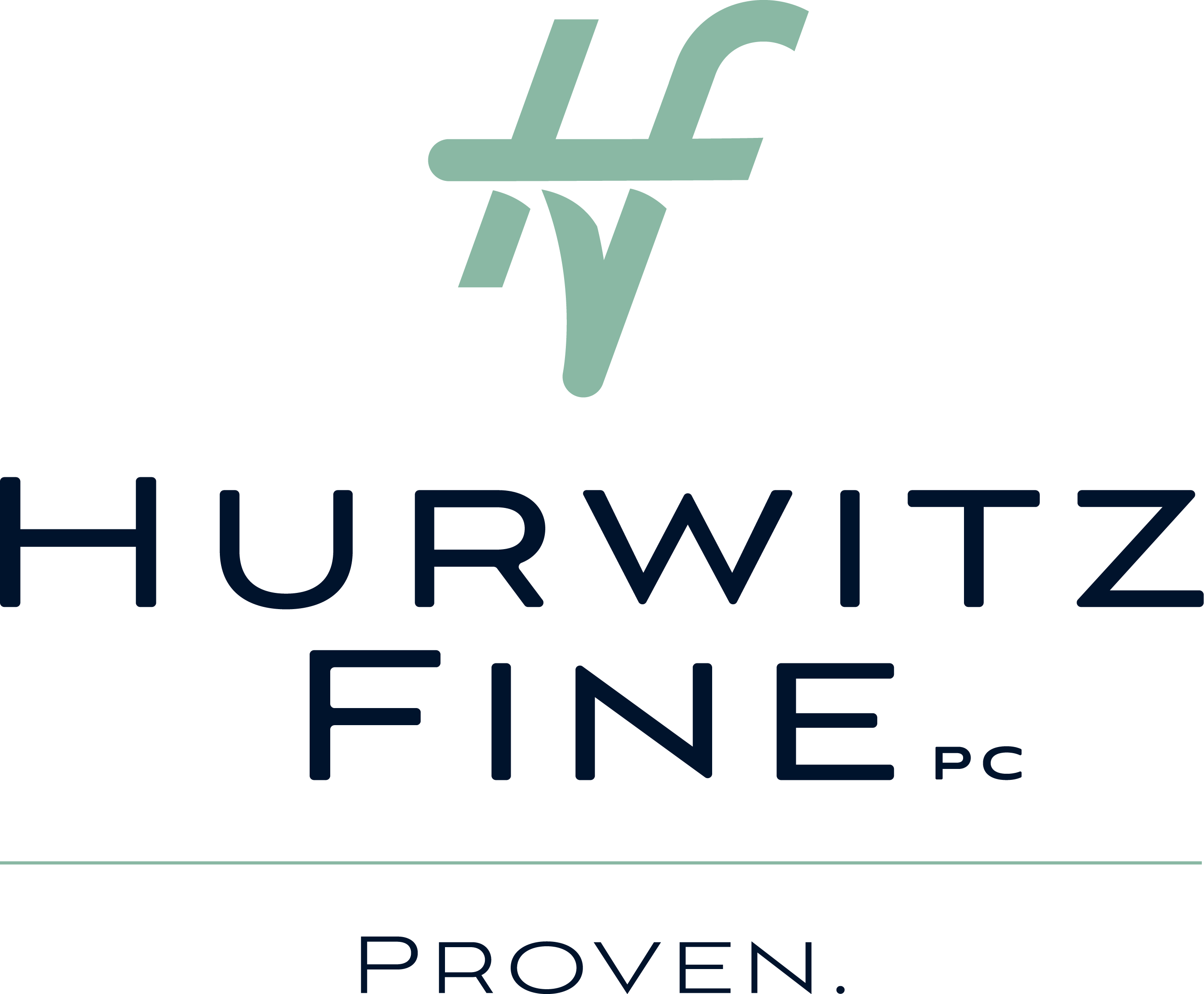Selected Employment Contract Issues for Physicians
The Health Law Section attorneys at Hurwitz & Fine, P.C. have considerable experience in negotiating employment agreements on behalf of medical practices and physicians. Over the years, we have been privileged to review employment agreements drafted by private medical practices, hospitals, university groups and managed care organizations for use both here in New York State and in many other jurisdictions. Listed below are 8 commonly asked questions on physician employment contracts and their interpretation:
-
Is the term of employment guaranteed?
What are the common compensatory arrangements for employed
physicians?
Are there any issues pertaining to the employer’s payment of professional liability
Virtually all employers will pay the physician’s professional liability insurance premiums in accordance with any state-mandated coverage requirements. However, if the professional liability insurance policy is a "claims made" policy, some employers will require the physician to obtain a reporting endorsement (tail coverage) upon his or her departure from employment, at the physician’s sole cost and expense, insuring the physician and the employer against professional liability for events occurring during the terms of employment but reported after the policy term. The cost of tail coverage may be a substantial expense for the unwary physician.
What forms of financial assistance are available from the employer during the transition period
If requested, many employers will advance to the physician all or a portion of the first installment of base compensation or salary and arrange to make payment directly to the moving company of the physician’s relocation expenses. Signing bonuses may also be negotiated with the employer.
What happens if the physician becomes disabled during the term of
employment?
Are restrictive covenants common?
When are physicians considered for shareholder or partner
status?
Are all contract provisions negotiable?
Fines Increased Under New York Prompt Pay Law
The New York State Insurance Department (the "Department") is clamping down on insurance companies and HMOs who do not promptly pay undisputed claims. On January 27, 2000, the Department issued a letter to insurance companies and HMOs advising that the rules under the Prompt Pay Law are changing. The letter is in response to the extreme number of claims processed by the Department over the last two years that have resulted in $266,000 in fines. The Department writes,
"Tougher penalties will be sought for those companies that are determined to be recidivists. HMOs and insurers who have repeatedly failed to pay their claims on time will face fines of up to $5,000 per violation, as allowed by the statute." (Circular Letter No. 6, 1/27/00, can be found at www.ins.state.ny.us/cl00_06.htm)
In addition to increased fines for repeat offenders, the Department also implemented tougher claims processing reporting requirements. Complaints under the Prompt Pay Law should be directed to Laura Dillon, Senior Examiner, Consumer Services Bureau, New York Insurance Department, Agency Building 1, Empire State Plaza, Albany NY 12257, (518) 486-9105.
American Federation of Teacher Union Agrees to an Affiliation Arrangement with New York Psychologists
Effective January 1, 2000, the New York State Psychological Association ("NYSPA") members became affiliated with the American Federation of Teachers Union ("AFT"). The NYSPA hopes that the move will create increased bargaining power for its 3,200 members. The AFT’s legislative and lobbying efforts and its benefit programs should aid the NYSPA in recruiting new members.
Telemedicine Raises Legal Concerns
Recently, the Health Law Section of the New York State Bar Association issued a Statement on Telemedicine to the State’s Legislature addressing the legal concerns raised by the use of telecommunications technology in the delivery of health care. The Bar is primarily concerned with the patients’ rights to confidentiality, informed consent and health care treatment by licensed professionals.
Currently, a bill is being considered by the New York State Senate that, if approved, will authorize the practice of health care delivery, diagnosis, consultation, treatment, and the transfer of patient records via audio, video or data communications. The bill also covers licensing issues, insurance coverage for telemedicine, and requires the patient’s informed consent prior to delivery of the health care services. Several other proposals are expected to be considered by the State Legislature this year.
Should State Laws Governing
Patient Confidentiality Issues
be "Preempted" by the Federal Government?
The American Health Information Management Association ("AHIMA") suggests that the answer to this questions is yes. AHIMA is a national organization with over 38,000 members who manage several thousand patient records per day. The confidentiality of medical records has increasingly gained attention at both the state and federal government levels as a result of the changing health care environment.
In the last issue of Health Law Pointers, we summarized proposed federal privacy rules issued by the U.S. Department of Health and Human Services ("HHS"). AHIMA supports these rules and further regulation currently contemplated by Congress under the Health Insurance Portability and Accountability Act of 1996 ("HIPAA"). HIPAA requires the reporting and disclosure of certain health information and is regulated by HHS. In 1997, Donna Shalala, Secretary of HHS, submitted recommendations to Congress for the development of legislation regarding the privacy of individual health information as mandated by HIPAA. Ms. Shalala’s suggestions require federal preemption of patient confidentiality, which has long been a state-regulated issue.
AHIMA believes that the ever-increasing number of people who have access to an individual’s confidential health information requires federal control and preemption of state law. To view AHIMA’s analysis of who, both inside and outside, the health care industry have access to an individual’s confidential medical information, see Flow of Patient Health Information Inside and Outside the Healthcare Industry, October 1998.

